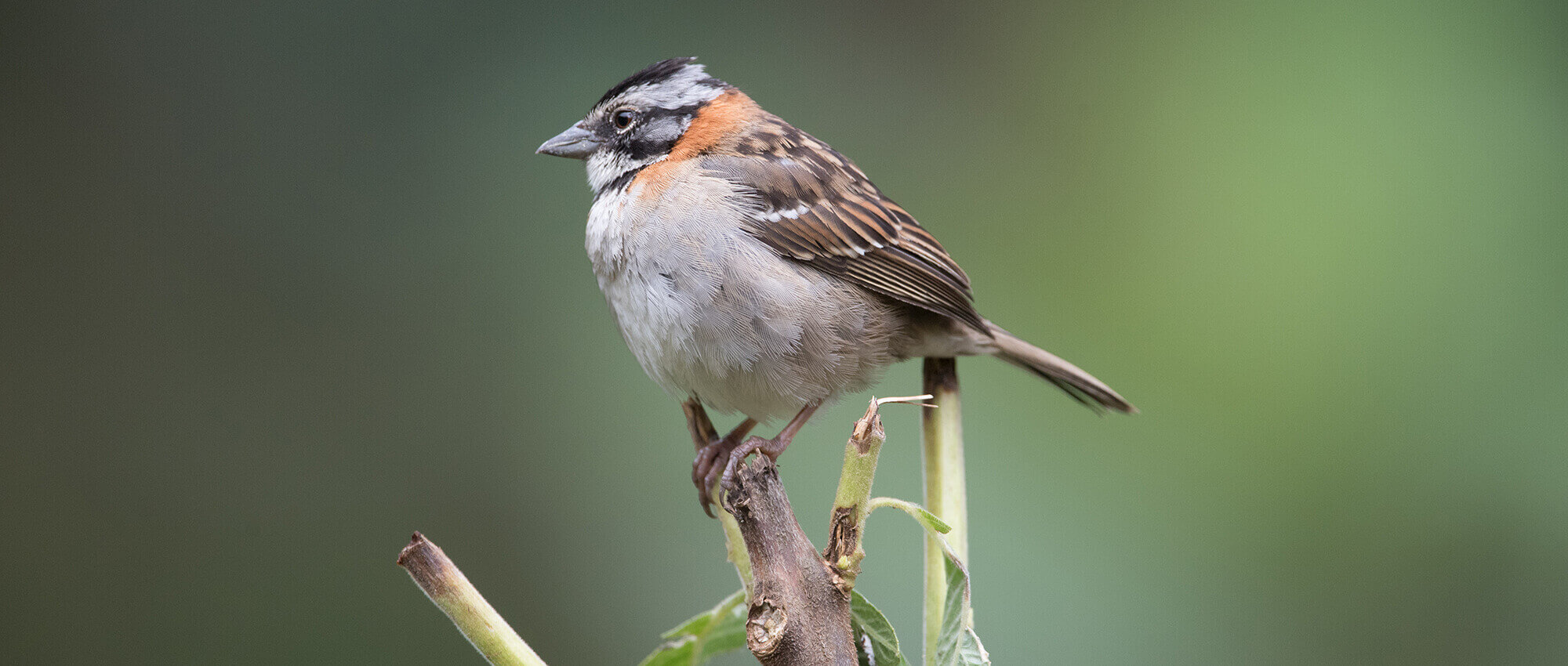
RUFOUS-collarEd SPARROW
COPETONCITO COMúN
Zonothrichia capensis
The Rufous-collared Sparrow is 13.5–15 cm (5.3–6.0 in) long and weighs 20–25 g (0.7–0.9 oz). It lives in a wide variety of habitats from low elevation grasslands to high plateaus in the mountain ranges, including rural and urban habitats. It is found in both tropical and temperate environments from 0 to 5300 m (17400 ft). These sparrows are diverse in behavior as there are over 20 subspecies. Its short bill is gray. They show a greyish-brown streak on the crown with black streaks. They have a black eye line with a gray supercilium. The malar has black feathers. Both gore lore are clear brown. The nape and breast sides are rufous and the upperparts are black-streaked buff-brown. The underneath is dull gray to whitish color. The wings and rump are mostly brown with some black streak lines. The wings show a white bar. Tail is short and brown. They feed on seed, insects and spiders. Not a problem in agricultural fields as they do not consume enough seed to affect crop. It is territorial. Only one breed per year. The clutch size is 2 to 5 pale greenish-blue eggs with reddish-brown blotches that are incubated for 12-14 days. Because of the open cup structure of the nest, sparrows are susceptible to predation. The black lines and cryptic coloration may protect them against predators.
El Copetón Común tiene un copete en la cabeza, con una raya negra en el. Los copetones llegan a medir entre 14 y 15 cm de largo, tienen un pico corto y recto, de 15 mm del largo, su cabeza es de color gris oscuro con franjas negras, su cuello es blanco con un collar color canela, su pecho y vientre son de color pardo claro casi blanco y costados grisáceos, su torso, alas y cola son de color pardo oscuro con manchas negras, la punta de sus alas y cola son más oscuras. Los copetones más jóvenes tienen un color pardo más uniforme, con algunas manchas más oscuras. Habitan en una gran variedad de biomas, se les encuentra en praderas, estepas, bosques, humedales, pantanos, cerca de ríos incluso en las ciudades. Se les puede encontrar desde los 0 hasta los 4000 metros sobre el nivel del mar. Se les puede ver en los jardines de las casa, en la mitad de las carreteras y en los edificios, mientras hayan arboles cerca. Su alimentación se basa en semillas y gusanos, pero se cree que también se alimentan de frutas y artrópodos. El Chamón Parásito destruye los huevos, ya sea rompiéndolos con el pico o tirándolos al suelo, esto para poner su propios huevos y que el copetón se los críe.
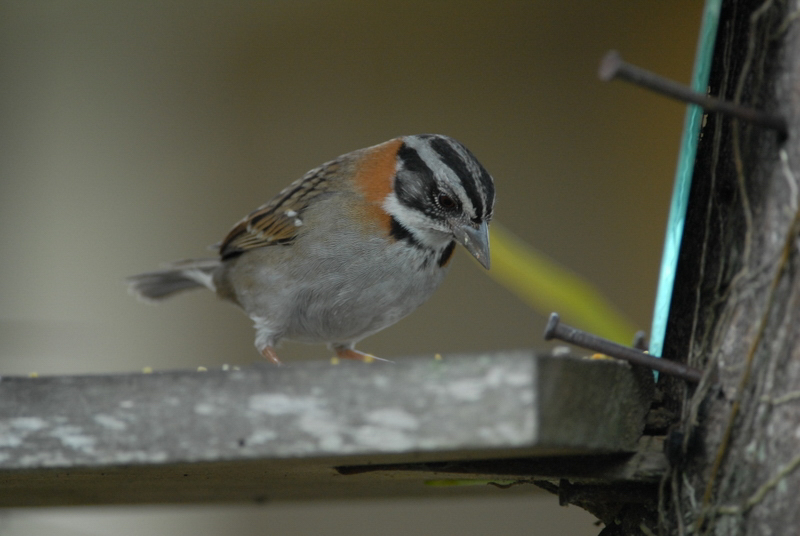
MAT_6892
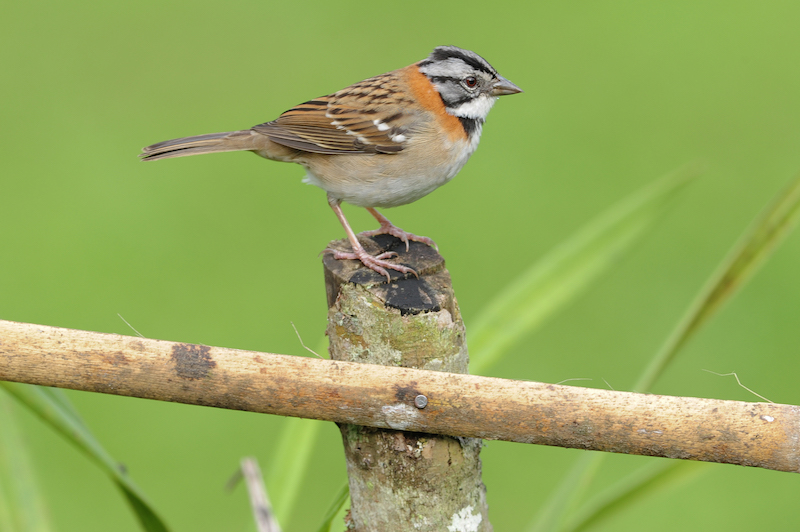
LM1_8619
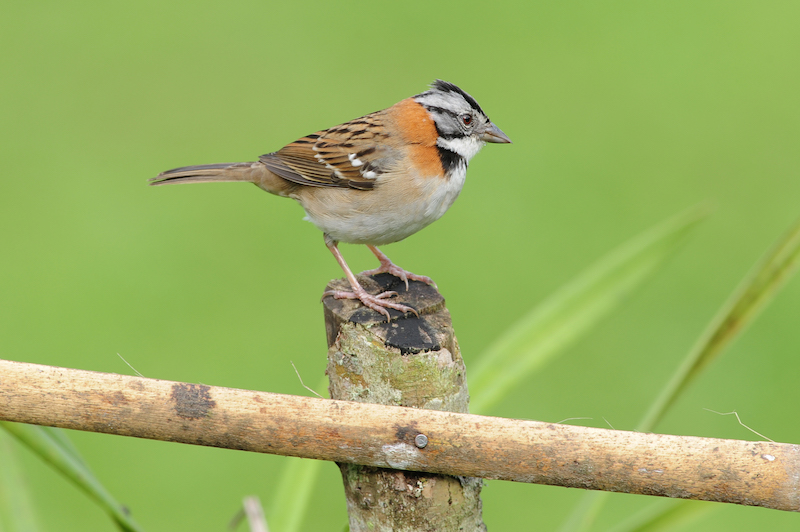
LAM_8617
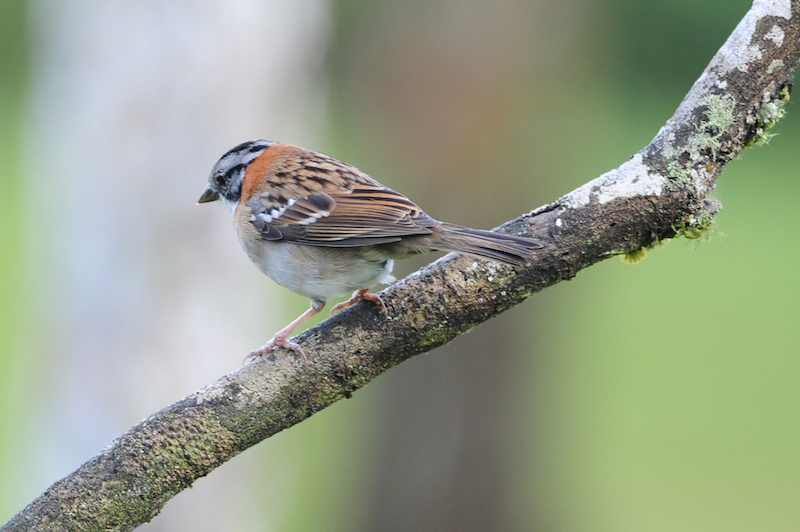
LM1_8530
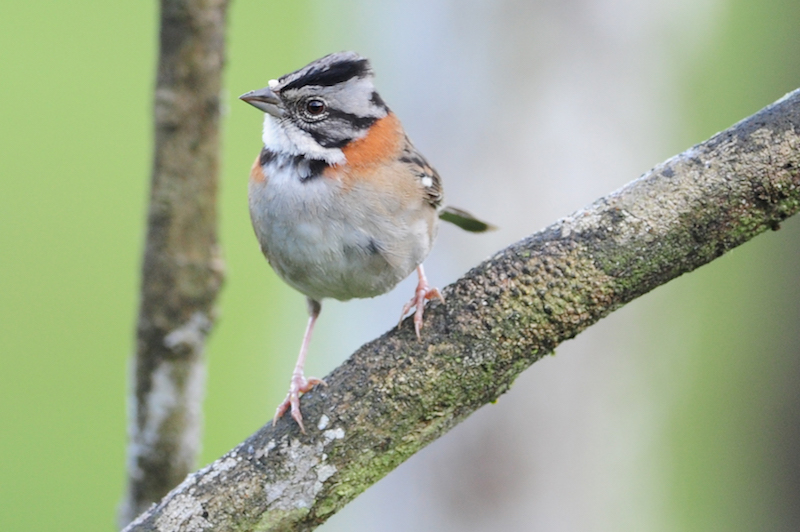
LM1_8529
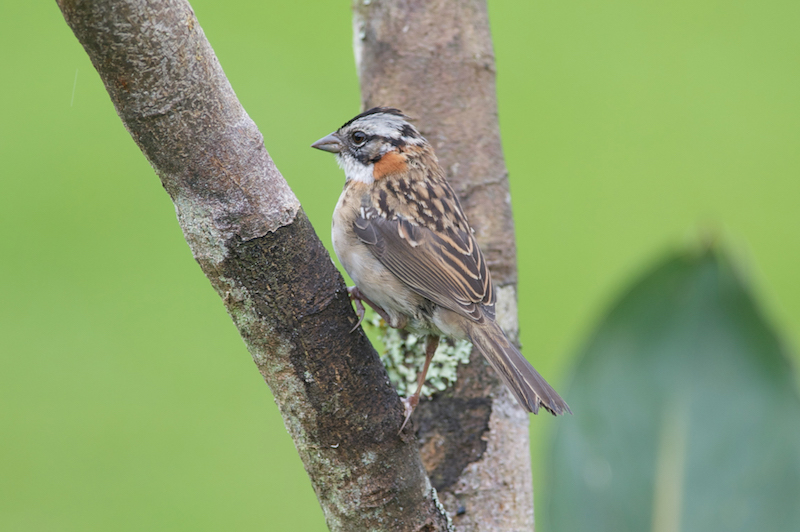
LM1_4406
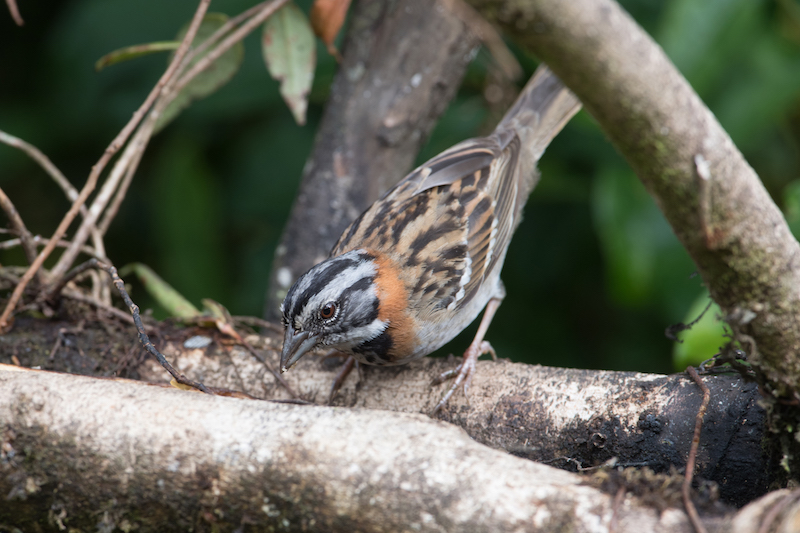
LAM_8781
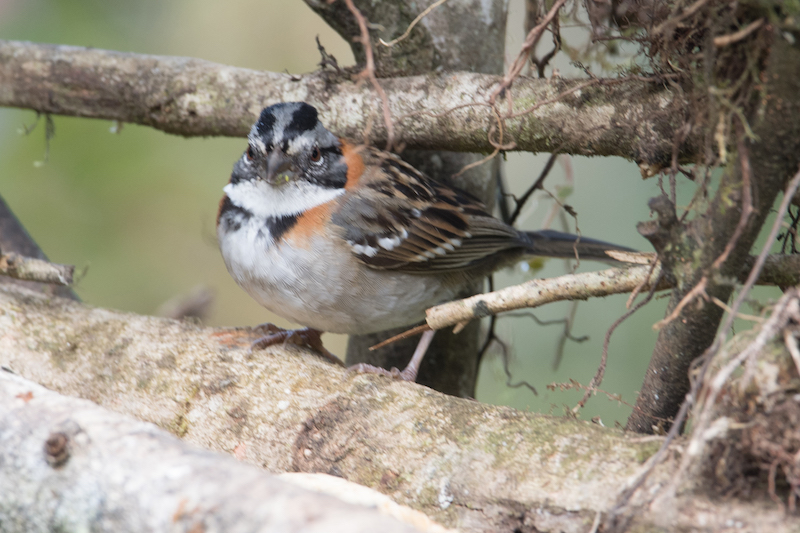
LAM_8772
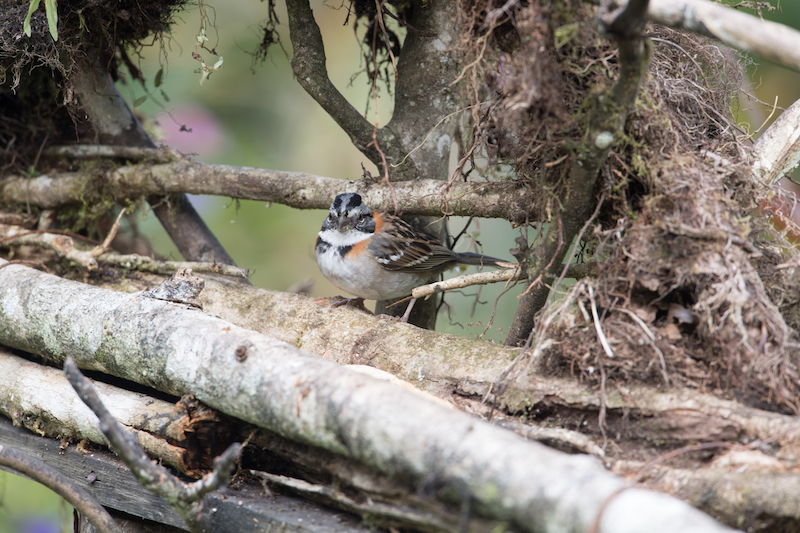
LAM_8771
